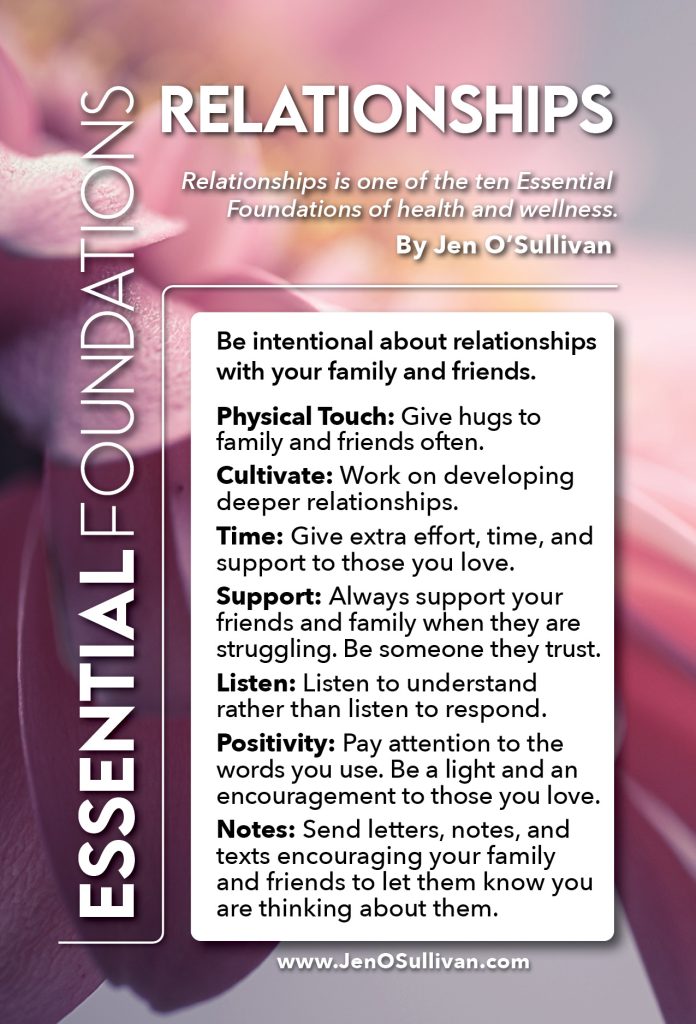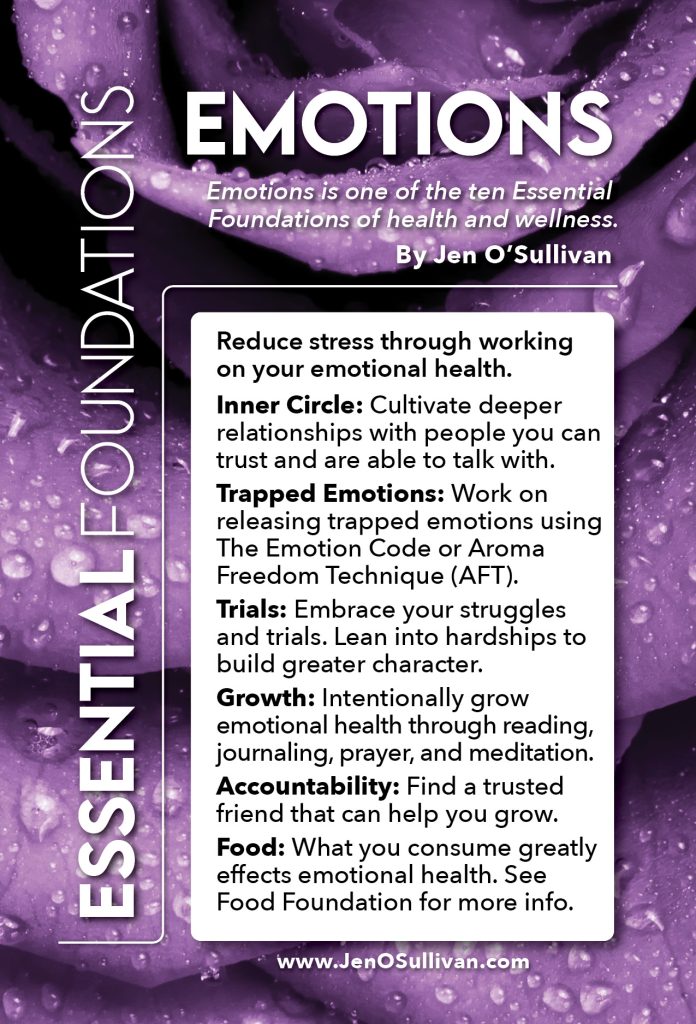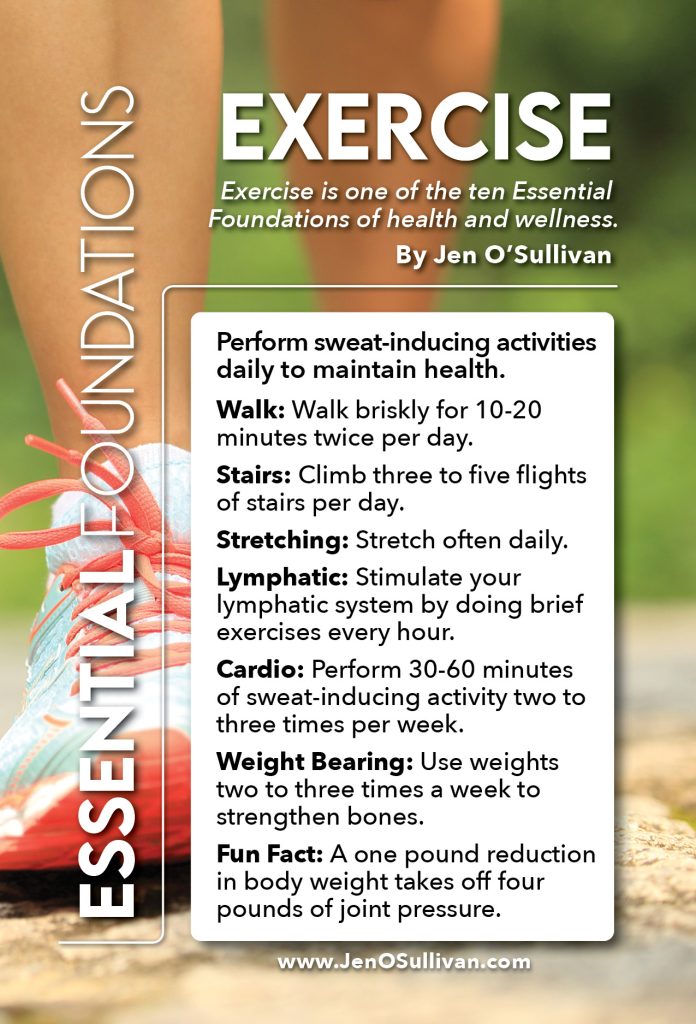By Jen O’Sullivan
Download the free report HERE.
It is said that a person can live for three weeks without food, three days without water, three hours without shelter in a harsh environment, three minutes without oxygen, and three seconds without hope. We need hope to survive and having a purpose in life gives us that hope in heaping spoonfuls.
Find and know your deeper purpose using these helpful tips:
- Purpose: Find what brings you joy and what God’s intended purpose is for you.
- Hope: What is your hope built on? Lean into that and develop it.
- Hobbies: Spend time each week honing a skill or hobby.
- Discipline: Develop habits to build greater character.
- Learn: Learn new things to stretch yourself.





